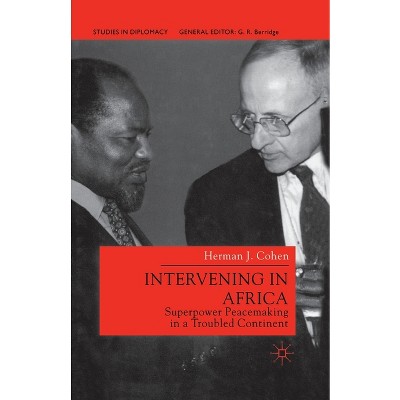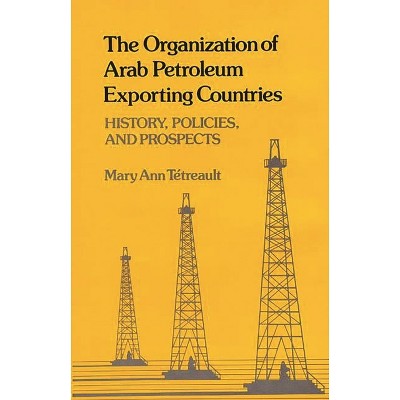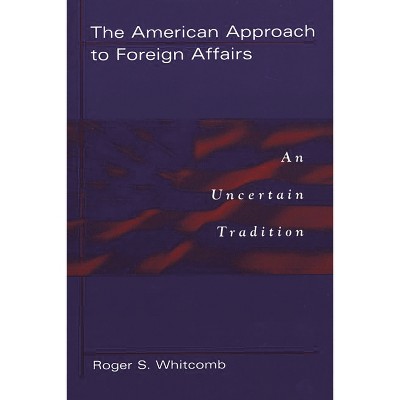Sponsored

Workforce Management in the Arabian Peninsula - (Contributions in Economics and Economic History) by Patrick Montana & George Roukis (Hardcover)
In Stock
Sponsored
About this item
Highlights
- This timely volume contains a series of informative and thought-provoking articles by experts in their fields.
- About the Author: ntana /f Patrick /i J. /r ed.
- 228 Pages
- Business + Money Management, Labor
- Series Name: Contributions in Economics and Economic History
Description
About the Book
This timely volume contains a series of informative and thought-provoking articles by experts in their fields. Together they provide a detailed assessment of the political, economic, and religious forces affecting the major oil rich states of the Arabian Peninsula, along with a comprehensive analysis of the primary forces affecting economic and resource development in that region. Topics discussed include historical areas of underlying conflict, regional analyses of pivotal forces and trends, Islamic influences upon the concept of labor, the subtleties of cultural differences and the transfer of technology, and employment contracts. Specific chapters provide resource profiles of the major Arab states in the Persian Gulf, along with statistical projections of future resource needs. In the concluding chapter, the editors offer a comparative analysis of the human resource requirements of the smaller Gulf states, along with practical applications for human resources management. The volume also contains a select biblography, charts on Kuwait and the United Arab Emirates, and a chart on comparative Western and Islamic organizations.
Book Synopsis
This timely volume contains a series of informative and thought-provoking articles by experts in their fields. Together they provide a detailed assessment of the political, economic, and religious forces affecting the major oil rich states of the Arabian Peninsula, along with a comprehensive analysis of the primary forces affecting economic and resource development in that region. Topics discussed include historical areas of underlying conflict, regional analyses of pivotal forces and trends, Islamic influences upon the concept of labor, the subtleties of cultural differences and the transfer of technology, and employment contracts. Specific chapters provide resource profiles of the major Arab states in the Persian Gulf, along with statistical projections of future resource needs. In the concluding chapter, the editors offer a comparative analysis of the human resource requirements of the smaller Gulf states, along with practical applications for human resources management. The volume also contains a select biblography, charts on Kuwait and the United Arab Emirates, and a chart on comparative Western and Islamic organizations.About the Author
ntana /f Patrick /i J. /r ed.
kis /f George /i S. /r ed.
Shipping details
Return details
Frequently bought together

Trending Non-Fiction
















